Rajasthan The Land of Tigers, Leopards, and Palaces
Rajasthan is famous for its golden deserts, grand palaces, and royal forts but it is also one of India’s most exciting states for wildlife. From the tiger trails of Ranthambhore to the rocky hills of Jawai where leopards live close to villages, Rajasthan offers a rare mix of wild experiences and rich cultural heritage.
A safari holiday here is never just about the animals. It is about soaking in the history of ancient forts, staying in heritage lodges, and watching sunsets that light up the desert skies. Rajasthan is where India’s royal past meets the thrill of the wild.
Major National Parks and Wildlife Reserves
Ranthambhore National Park
1334
Area sq km
80+
Tiger Density
Ranthambhore is Rajasthan’s most famous tiger reserve, set against the backdrop of the 10th-century Ranthambhore Fort. It has one of the boldest tiger populations in India, with big cats often seen around lakes, ruins, and open meadows.
Apart from tigers, the park shelters leopards, sloth bears, jackals, hyenas, and marsh crocodiles. Birdwatchers will also find more than 300 species, including owls, storks, and eagles. Read More
Sariska Tiger Reserve
866
Area sq km
25+
Tiger Density
Located just a short drive from Jaipur, Sariska is one of the most accessible tiger reserves in Rajasthan. Tigers were successfully reintroduced here, making it an important conservation success story.
Safaris in Sariska often bring sightings of leopards, hyenas, antelopes, and wild boars. The reserve is also dotted with old temples and fort ruins, adding a cultural charm to the wildlife experience. Read More
Jawai Leopard Reserve
100
Area sq km
50+
Leopards
Jawai is a striking landscape of granite hills, rocky caves, and temples where leopards live close to local communities. It is regarded as one of the best places in India to spot leopards in the wild.
The nearby Jawai Dam attracts flamingos, pelicans, geese, and other migratory birds, making it a great mix of big cat tracking and birdwatching.
Desert National Park (Jaisalmer)
3162
Area sq km
120
Bird Species
Spread across the Thar Desert, this park is one of the last strongholds of the critically endangered Great Indian Bustard. Its sandy plains and rocky outcrops are also home to desert foxes, chinkaras, and a variety of larks and wheatears.
The open desert skies bring sightings of harriers, falcons, and eagles, especially in winter. For birdwatchers and nature lovers, it offers a rare chance to experience Rajasthan’s desert wildlife.
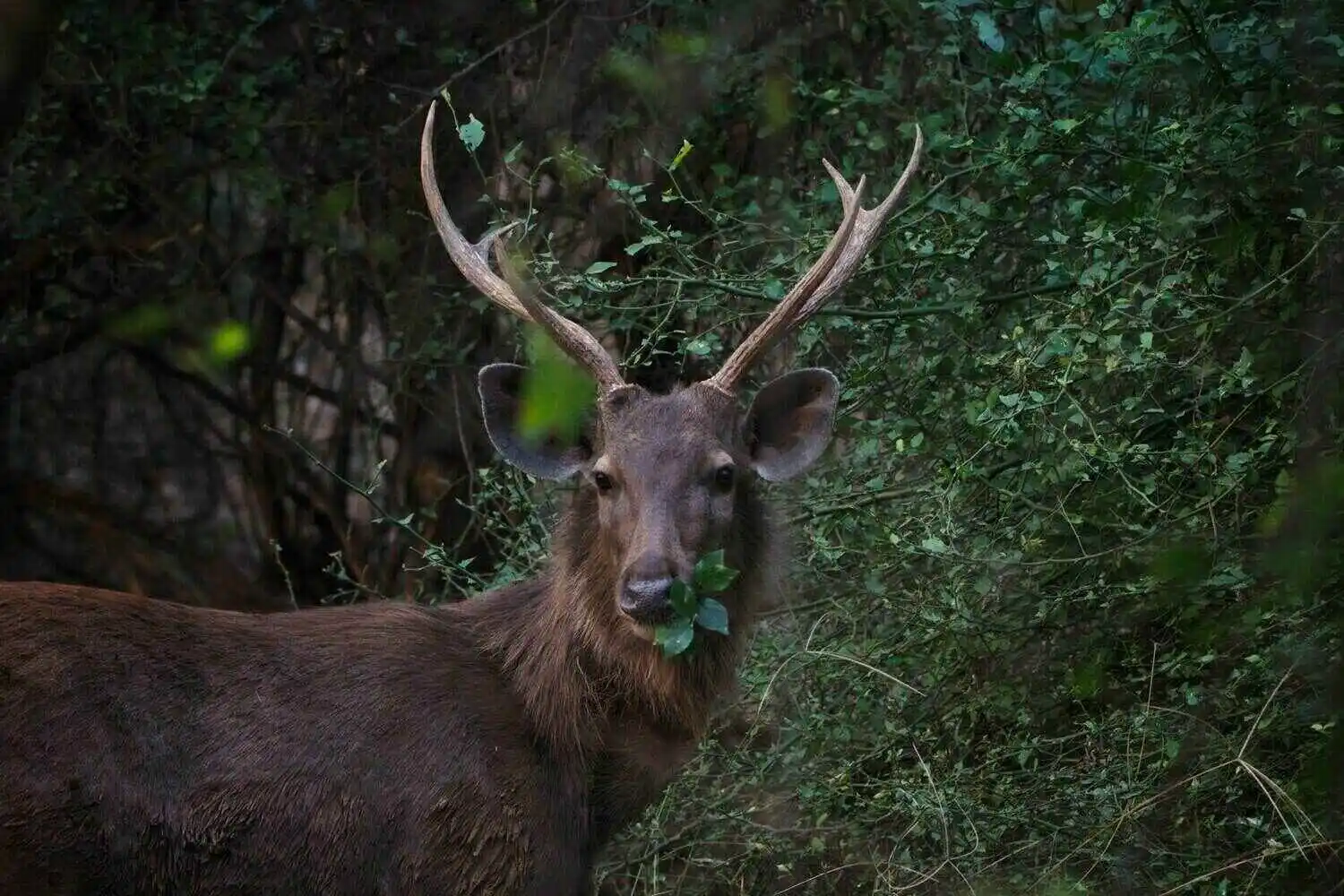
Wildlife Highlights
- Big Cats: Tigers (Ranthambhore, Sariska), leopards (Ranthambore, Jawai, Kumbhalgarh, Jhalana).
- Other Mammals: Sloth bears, striped hyenas, jackals, desert foxes, blue bulls (nilgai), and chinkaras.
- Birds: Great Indian Bustard, Indian Courser, vultures, eagles, and flamingos.
- Reptiles: Marsh crocodiles, desert monitor lizards, and various snakes.
Best Time to Visit
- October to March: Pleasant weather for both safaris and cultural sightseeing.
- April to June: Hot, but better chances of seeing tigers and leopards near water sources.
- July to September: Monsoon season, some parks remain closed, but heritage tours continue.

Beyond Wildlife – Cultural Highlights of Rajasthan
Rajasthan is as much about heritage as it is about wildlife. The state’s forts, palaces, and desert towns make it an ideal destination for travelers who love to mix culture with nature.
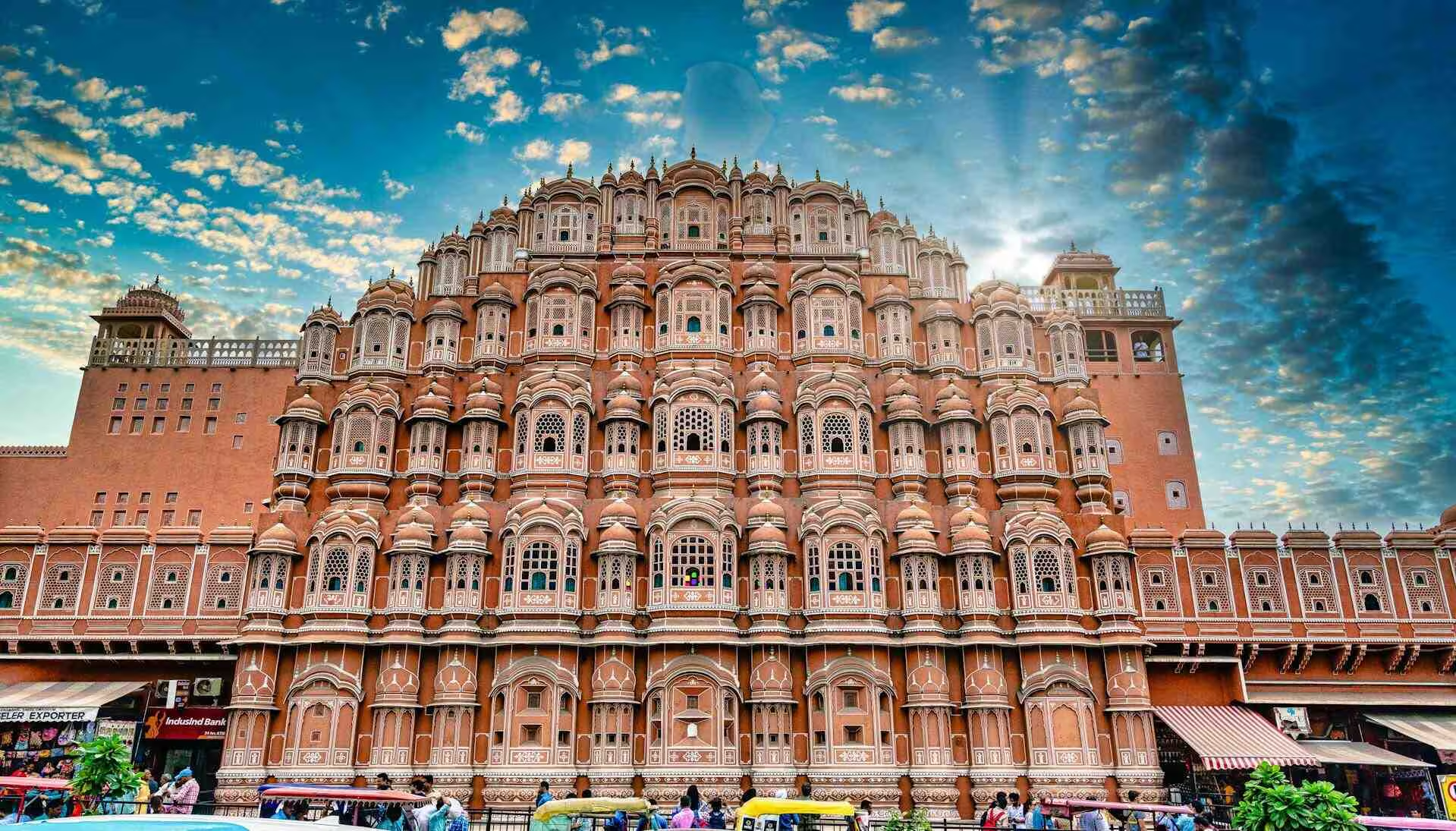
Jaipur The Pink City
- Known for the Amber Fort, City Palace, and Hawa Mahal.
- Bustling bazaars with handicrafts, textiles, and jewelry.
- A gateway city for combining cultural tours with safaris in Sariska or Ranthambhore.
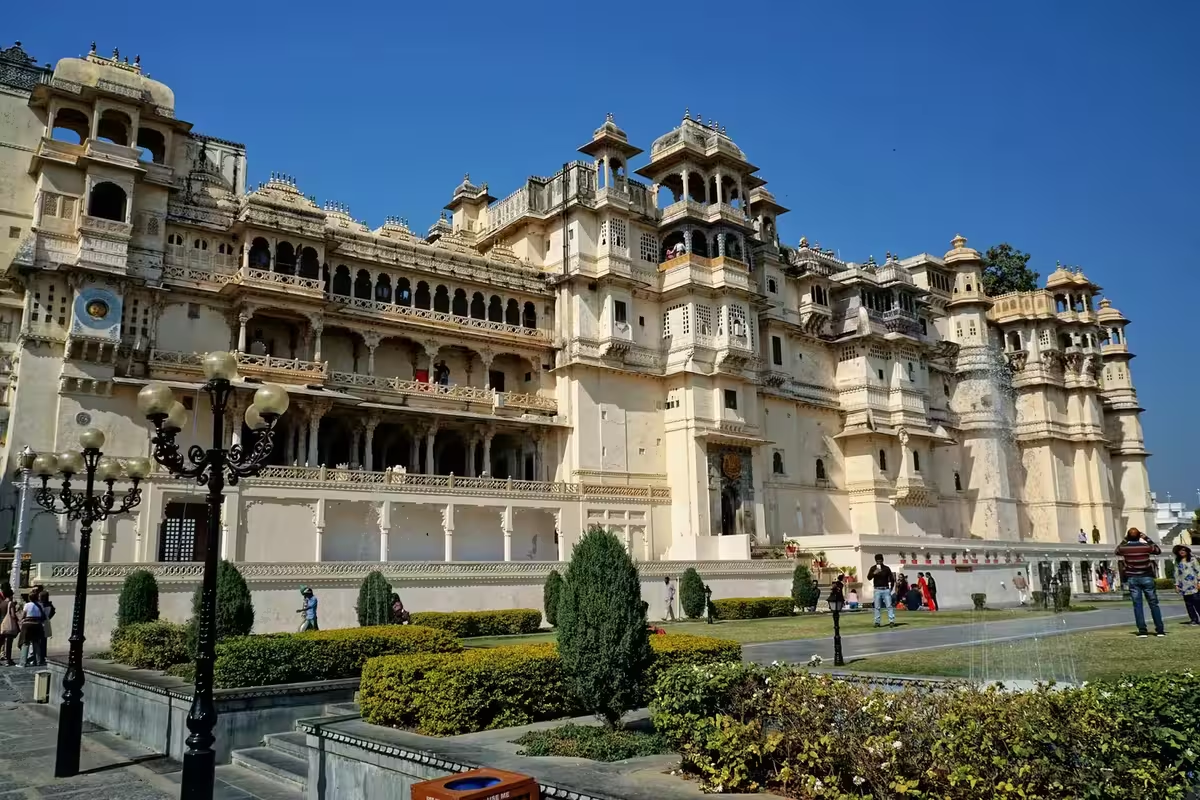
Udaipur The City of Lakes
- Famous for its romantic setting with palaces and lakes.
- The Lake Palace and City Palace are highlights.
- A perfect base for exploring Jawai Leopard Reserve.
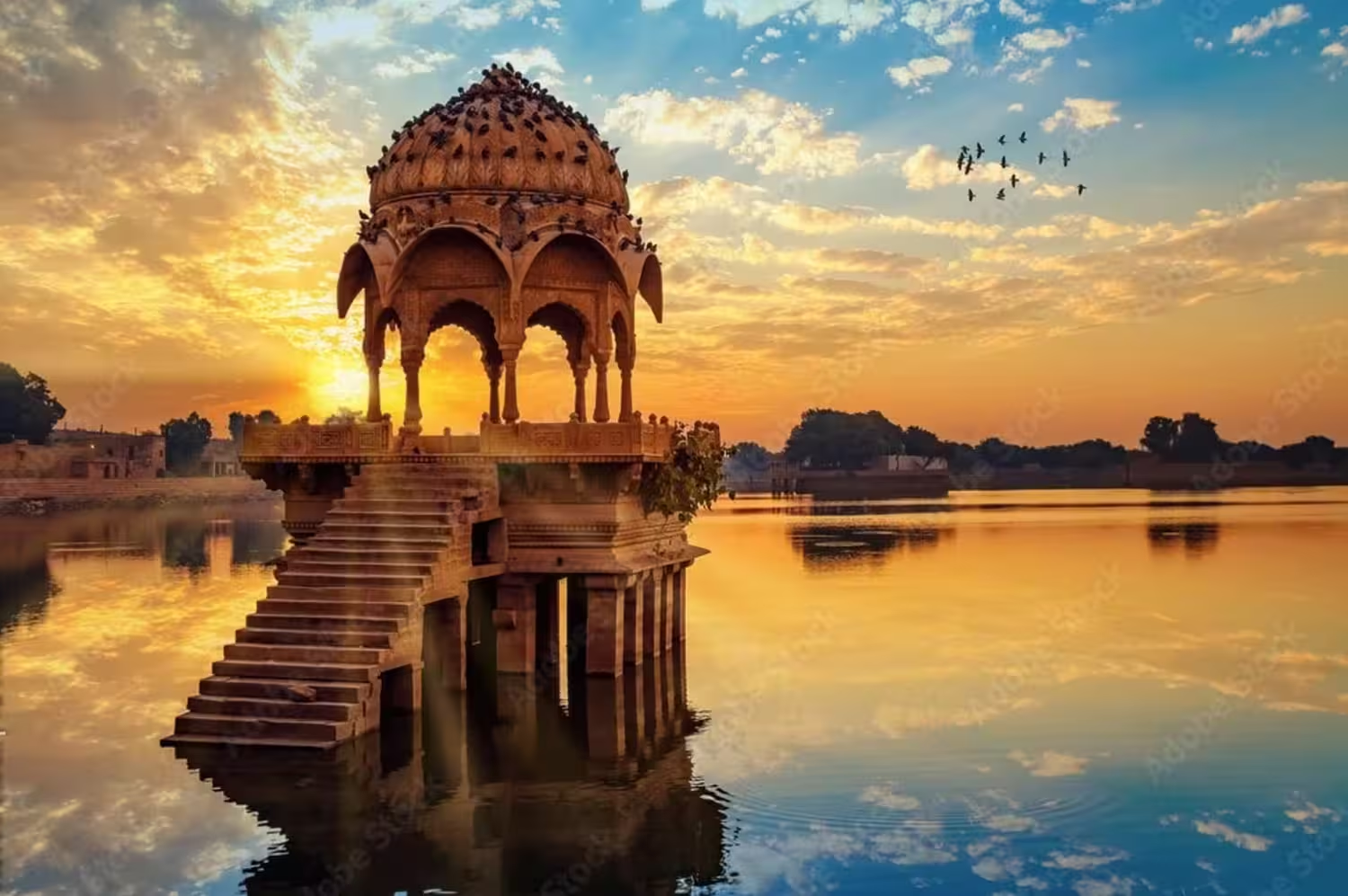
Jaisalmer The Golden City
- A desert town with golden sandstone architecture.
- The Jaisalmer Fort is a living fort with houses, temples, and shops.
- Desert safaris on camels and visits to the Desert National Park can be combined here.
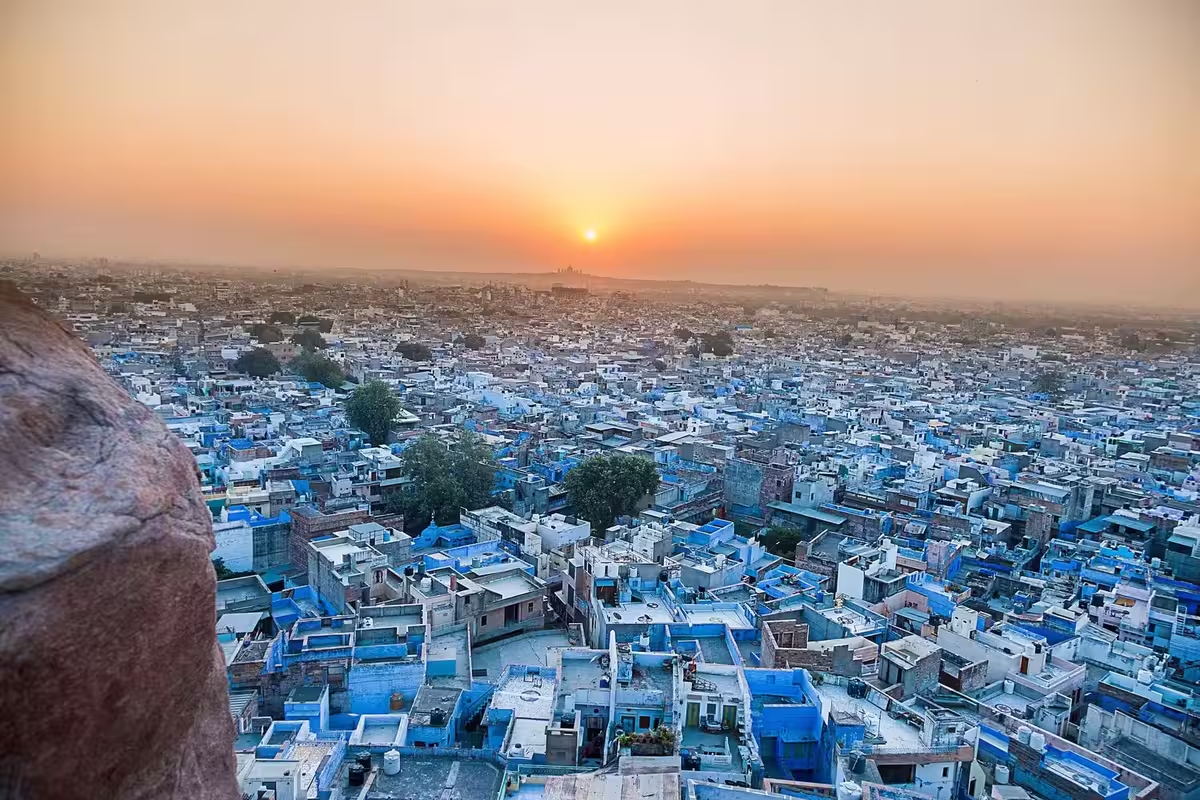
Jodhpur The Blue City
- Dominated by the massive Mehrangarh Fort.
- Known for its blue-painted old town and bustling bazaars.
- A good stop before heading to leopard safaris in Kumbhalgarh or Jawai.
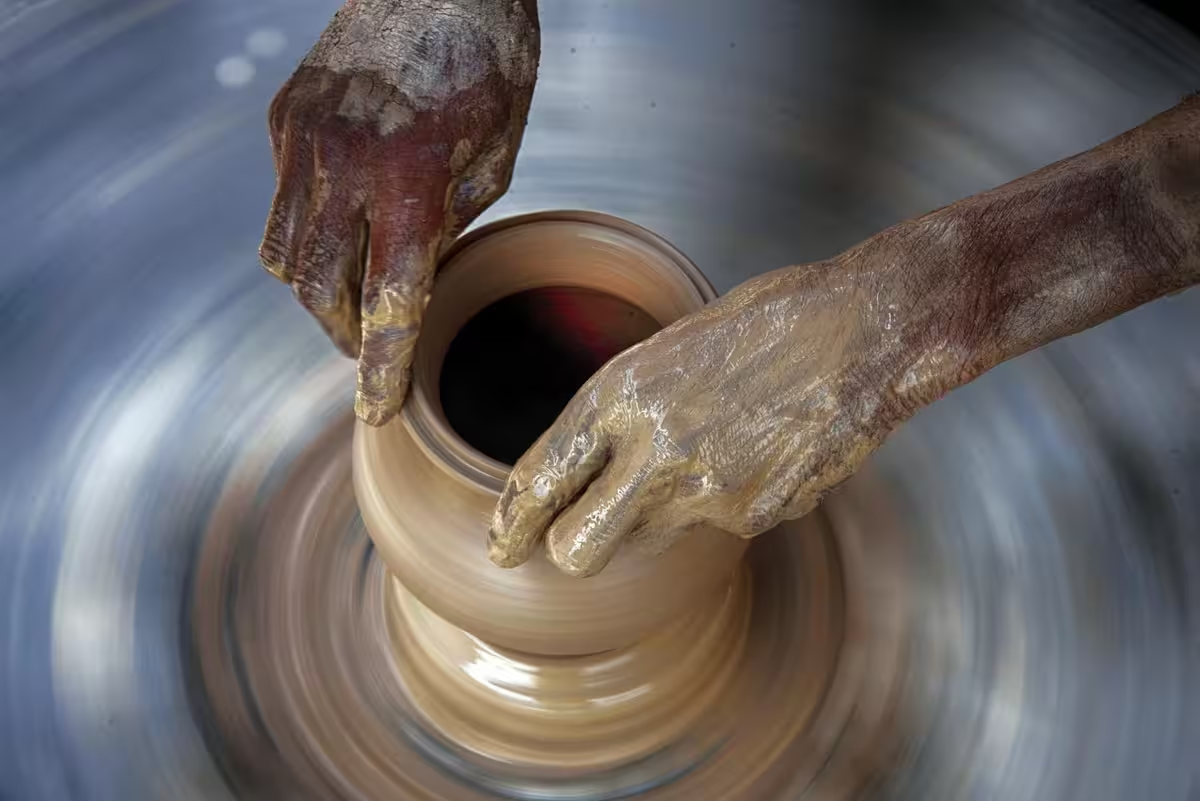
Village & Craft Experiences
- Rajasthan’s villages are known for pottery, block printing, and weaving.
- Visiting these communities gives travelers a chance to see traditional crafts, meet local artisans, and experience rural hospitality.
Distances & Travel Times in Rajasthan
| From → To | Distance (km approx.) | Travel Time (by road) |
|---|---|---|
| Jaipur → Ranthambhore | 180 km | 3.5 to 4 hrs |
| Jaipur → Udaipur | 395 km | 6.5 to 7 hrs |
| Jaipur → Jodhpur | 335 km | 6 to 6.5 hrs |
| Jaipur → Jaisalmer | 555 km | 9 to 10 hrs |
| Udaipur → Jawai (Leopard Reserve) | 150 km | 3 to 3.5 hrs |
| Udaipur → Jodhpur | 250 km | 4.5 to 5 hrs |
| Udaipur → Jaisalmer | 490 km | 8 to 9 hrs |
| Jodhpur → Jawai (Leopard Reserve) | 170 km | 3.5 to 4 hrs |
| Jodhpur → Jaisalmer | 280 km | 5 to 5.5 hrs |
| Ranthambhore → Udaipur | 400 km | 7 to 8 hrs |
| Ranthambhore → Jodhpur | 450 km | 8 to 8.5 hrs |
| Ranthambhore → Jaisalmer | 620 km | 11 to 12 hrs |
Experience Rajasthan with Big Cats India
At Big Cats India, we design journeys that show you both sides of Rajasthan its wild side and its royal side. Track tigers at Ranthambhore, watch leopards at Jawai, or look for the Great Indian Bustard in the Thar Desert. Then, relax in palaces and heritage lodges, explore Jaipur’s bazaars, or watch the sunset from Udaipur’s lakes.
We combine wildlife safaris with cultural tours so you don’t have to choose between the two. Our expert planning, trusted lodges, and deep knowledge of both forests and heritage ensure your Rajasthan holiday is unforgettable.
